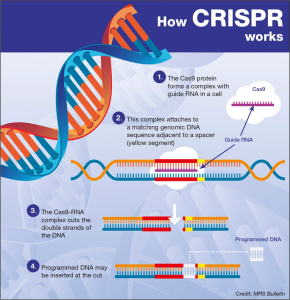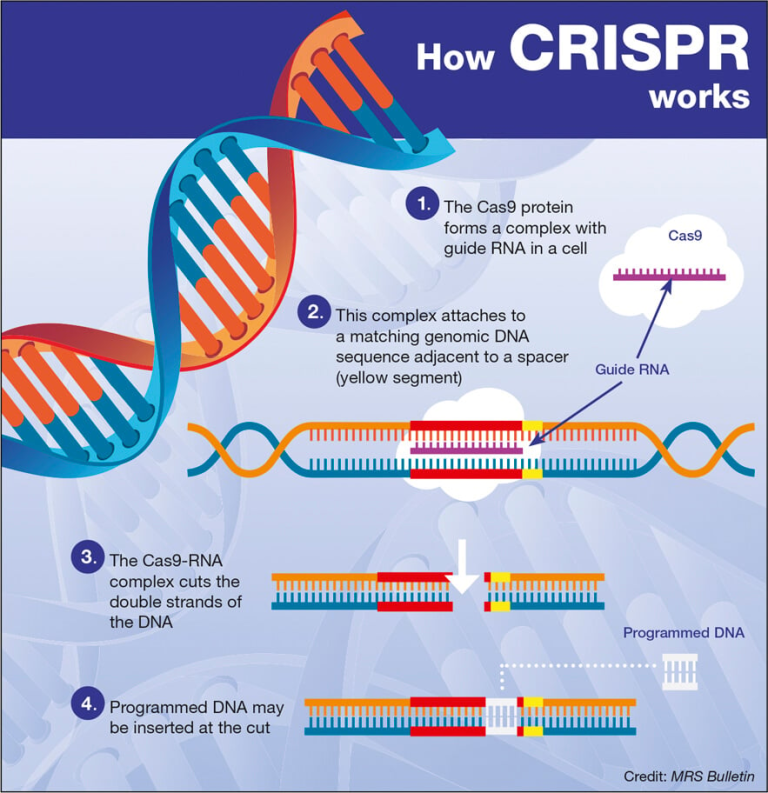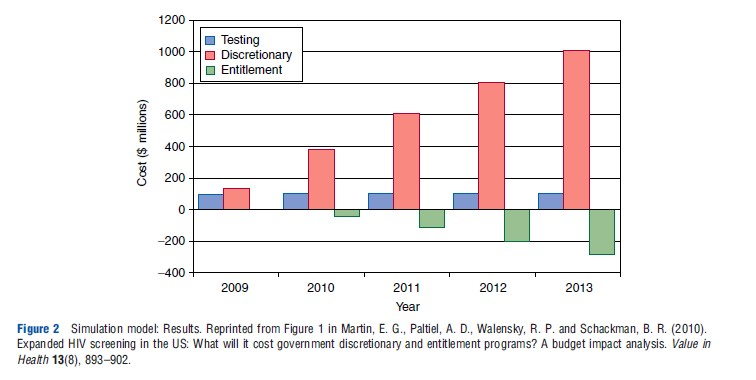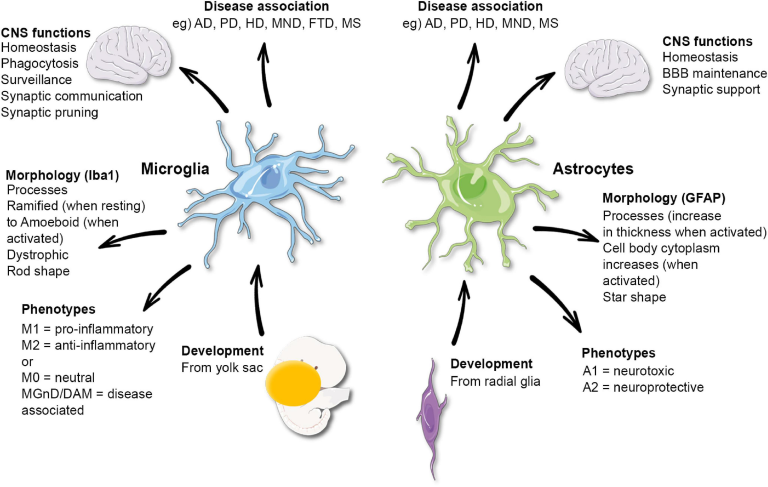Memory formation is a fascinating process that lies at the core of how we learn, recall experiences, and interact with the world. Recent advances in neuroscience have unveiled groundbreaking techniques that map the intricate molecular underpinnings involved in this complex phenomenon. Understanding how memories are formed offers crucial insights, potentially leading to innovative therapies for neurological disorders such as dementia. With the application of new methods exploring synaptic plasticity, researchers are shedding light on the brain’s ability to adapt and reorganize in response to new information. As we delve deeper into brain research, the implications of these discoveries promise to pave the way for improved dementia therapy and a greater understanding of learning and memory.
The intricate process of memory development encompasses a wide array of mechanisms through which our brains encode and retrieve information. By examining how these cognitive functions work, scientists gain a clearer perspective on the interplay between synaptic connections and the formation of lasting memories. Innovative approaches in the field of cognitive neuroscience are probing deeper into the dynamics of brain function, revealing the critical role of synaptic adaptations in facilitating learning. This exploration is essential not only for comprehending the complexities of memory but also for addressing challenges posed by memory-related disorders. Advancements in techniques aimed at mapping the brain’s neural pathways may ultimately lead to breakthroughs in therapies designed to combat conditions like Alzheimer’s disease.
Understanding Memory Formation in Neuroscience
Memory formation is a complex process that involves the intricate interactions between billions of neurons in the brain. Researchers in the field of neuroscience have long sought to unravel the molecular architecture underlying memory storage, particularly how synaptic plasticity contributes to learning. Recent advancements, such as Harvard’s EPSILON technique, have significantly enhanced our understanding of how memories are formed at the synaptic level. By utilizing advanced microscopy and fluorescent labeling, scientists can now observe synaptic changes with remarkable detail, providing insights into the foundational processes that allow us to learn and retain information.
At the heart of memory formation lies synaptic plasticity, which refers to the ability of synapses to strengthen or weaken over time based on activity. This adaptability is crucial for learning as it enables the brain to reorganize itself in response to new experiences. With the EPSILON technique, researchers can map the behavior of proteins crucial for synaptic transmission, such as AMPARs, and gather data on how these proteins contribute to the formation of memories. This newfound granularity in observing synaptic interactions is expected to accelerate the development of therapies aimed at treating disorders like dementia, which arise from disruptions in memory processing.
The Role of AMPARs in Synaptic Plasticity
AMPARs, or alpha-amino-3-hydroxy-5-methyl-4-isoxazolepropionic acid receptors, play a pivotal role in synaptic plasticity, the process that facilitates memory formation. These receptors are integral to the communication between neurons and significantly influence how signals are transmitted across synapses. The groundbreaking EPSILON technique allows researchers to track these receptors in real-time, revealing their movements and interactions that were previously obscured by the limitations of traditional microscopic techniques. By understanding AMPAR dynamics, scientists gain valuable insight into the mechanisms of learning and memory.
Exploring the function of AMPARs is particularly relevant in brain research focused on neurological disorders such as dementia and Alzheimer’s disease. As these conditions are characterized by the malfunction of synaptic processes, understanding how AMPAR trafficking correlates with memory retention could pave the way for innovative therapeutic approaches. The ability to visualize and quantify the role of AMPARs in synaptic strengthening offers potential for developing strategies that can mitigate the cognitive decline associated with these diseases, enhancing both understanding and treatment of memory impairments.
Innovative Techniques in Learning and Memory Research
Innovative techniques like EPSILON have transformed the landscape of learning and memory research, allowing scientists to investigate neural connections with unprecedented clarity. This revolutionary method utilizes advanced fluorescent labeling to illuminate synaptic activity, enabling the exploration of how our brains adapt as we learn. By observing synaptic changes in response to various stimuli, researchers can identify the specific patterns that govern memory formation and retention. This capability not only enhances our fundamental understanding of cognitive processes but also lays the groundwork for future applications in dementia therapy.
Moreover, the precision of EPSILON is vital for mapping the chronological progression of synaptic changes during memory formation. Researchers can now examine how different memories invoke distinct synaptic responses, enriching the understanding of engrams — the physical embodiment of memory in the brain. By mapping synaptic plasticity over time, scientists can study differences in memory types, potentially leading to tailored treatments for individuals suffering from memory-related disorders. The evolution of these techniques exemplifies the significance of technological advancement in neuroscience and its implications for improving human health.
Applications of EPSILON in Dementia Therapy
The applications of the EPSILON technique extend beyond basic scientific inquiry to the development of therapeutic strategies for dementia, a progressively debilitating condition linking numerous cognitive disorders. By unveiling the molecular underpinnings of synaptic plasticity, researchers are better equipped to design targeted interventions aimed at restoring memory functions in patients affected by neurodegenerative diseases. Understanding how synaptic connections can be modified offers hope that therapeutic strategies can be developed to rejuvenate synaptic health and cognitive capacities in those suffering from the effects of dementia.
Currently, the research community is eager to explore how EPSILON can bridge the gap between basic neuroscience and clinical applications. As labs across the globe begin utilizing this molecular tool to investigate the dynamics of synaptic strength, it is anticipated that significant breakthroughs could emerge in understanding the pathways leading to memory dysfunction. This may eventually lead to more effective therapies, highlighting the importance of translating detailed scientific discoveries into practical solutions for improving patient outcomes in dementia and related cognitive disorders.
How Synaptic Changes Influence Learning Outcomes
The intricate relationship between synaptic changes and learning outcomes is a focal point of investigation in neuroscience. With the advent of techniques like EPSILON, researchers can peel back the layers of synaptic architecture, revealing how memories are encoded at a cellular level. Each learning experience induces synaptic alterations that can either strengthen or weaken connections within the neural network, thereby influencing how effectively new information is retained. This dynamic process is crucial not only for individual memory retention but also for collective learning outcomes in educational and developmental contexts.
Analyzing which synaptic changes correlate with successful learning can offer valuable insights into optimizing educational practices and enhancing learning environments. By understanding the rules governing synaptic strength and their association with memory retention, educators can devise methods that align with the brain’s natural learning processes. This synergy between neuroscience and education could ultimately result in improved learning strategies and outcomes, emphasizing the importance of continued research in synaptic behavior on a practical level.
The Synergy Between Basic Research and Clinical Applications
The synergy between basic neuroscience research and clinical applications is exemplified by recent advances in the understanding of memory formation. Groundbreaking techniques such as EPSILON are rooted in fundamental scientific inquiry, yet they hold enormous potential for translating findings into tangible benefits for patients suffering from cognitive impairments. As researchers uncover the molecular mechanisms governing synaptic plasticity, they also lay the groundwork for developing effective treatments for diseases such as dementia, showcasing the direct impact of basic science on human health.
As highlighted by Professor Adam Cohen, the journey from basic research to clinical application often spans decades but is crucial for the advancement of therapies that can enhance cognitive functions. By supporting this holistic approach to neuroscience — from molecular investigations to the translation of these findings into clinical practices — the scientific community can pave the way for innovative treatments that address the challenges faced by individuals with memory-related disorders. This comprehensive understanding is vital for charting new paths towards effective interventions and improving quality of life for patients.
Exploring Behavioral Correlates of Memory Through Animal Studies
Animal studies serve as a pivotal component in exploring the behavioral correlates of memory, allowing researchers to simulate learning and memory processes in controlled environments. The application of techniques like EPSILON in animal models enables scientists to connect physiological mechanisms at the synaptic level with observable behavior. For instance, studies involving contextual fear conditioning allow researchers to track memory formation and retrieval processes, providing insights into the neural substrates of learning in real-time.
By exploring how synaptic changes accompany specific behavioral patterns, researchers can better understand the link between memory and cognitive functions. These behavioral assays not only shine a light on how memories are formed and stored but also facilitate the identification of potential disruptions in memory processing related to diseases such as Alzheimer’s. As research advances, the integration of behavioral studies with molecular techniques will foster a more comprehensive understanding of the neurobiological foundations of memory, paving the way for innovations in both research and potential therapies.
The Future of Cognitive Enhancement through Neuroscience
The future of cognitive enhancement appears promising as neuroscience continues to unravel the complexities of memory and learning processes. Insights gained from pioneering techniques like EPSILON may lead to the development of cognitive enhancement therapies focused on boosting synaptic plasticity. Such advancements could revolutionize how we approach education, memory retention, and the treatment of cognitive impairments, offering new strategies to harness the brain’s adaptive capabilities in healthier individuals and those facing cognitive challenges.
Future research endeavors will likely explore the ethical implications and the boundaries of cognitive enhancement, questioning how far we can push the limits of human potential. By leveraging advanced understanding in synaptic dynamics and applying cutting-edge technologies, the dream of enhancing cognitive functions could move from theoretical possibilities to practical realities. Bridging the gap between research and societal application will be essential in ensuring that cognitive enhancement, when realized, is accessible, ethical, and beneficial for all.
Frequently Asked Questions
What is memory formation and how is it studied in neuroscience?
Memory formation refers to the process by which experiences are encoded, stored, and retrieved in the brain. Neuroscience studies this by examining synaptic plasticity – the ability of synapses, the junctions between neurons, to strengthen or weaken over time in response to increases or decreases in their activity. Researchers utilize advanced techniques like EPSILON (Extracellular Protein Surface Labeling in Neurons) to map the molecular mechanisms involved in learning and memory, shedding light on how memories are formed at the synaptic level.
How does synaptic plasticity contribute to memory formation?
Synaptic plasticity is crucial for memory formation as it allows for the modulation of synaptic connections between neurons. When we learn something new, synaptic plasticity enables specific synapses to become strengthened or weakened, facilitating the storage of that memory. This dynamic process is essential for the brain’s ability to adapt to new information and experiences, laying the groundwork for how memories are formed and retained over time.
Can synaptic plasticity be targeted for dementia therapy?
Yes, targeting synaptic plasticity offers promising avenues for dementia therapy. Research indicates that many neurodegenerative diseases, including Alzheimer’s, involve synaptic dysfunction, which contributes to memory and learning impairments. By understanding and potentially manipulating the mechanisms of synaptic plasticity through techniques like EPSILON, scientists are exploring new therapeutic strategies that might restore synaptic function, thereby improving memory formation in those affected by dementia.
What role do AMPARs play in the process of memory formation?
AMPARs, or alpha-amino-3-hydroxy-5-methyl-4-isoxazolepropionic acid receptors, are critical components in the process of memory formation. They facilitate the synaptic transmission of signals between neurons and are key players in synaptic plasticity. When we learn something new, the movement and availability of AMPARs at the synapse increase, which enhances communication between neurons, thereby supporting the formation and retention of memories.
What advancements have been made in brain research related to memory formation?
Recent advancements in brain research, particularly through techniques like EPSILON, have significantly enhanced our understanding of memory formation. This groundbreaking method allows researchers to observe synaptic behavior and the dynamics of AMPARs in real time and at an unprecedented resolution. Such insights are pivotal for developing new treatments for memory-related disorders, offering a clearer view of the molecular underpinnings of how learning and memories are formed.
How can extrinsic factors influence memory formation?
Extrinsic factors such as environment, stress, and social interactions can greatly influence memory formation. These factors may impact synaptic plasticity by altering the neural pathways involved in learning. For instance, stress can impair synaptic processes, making it harder to form new memories, while positive social experiences may enhance synaptic strength and improve memory retention.
| Key Points | Details | ||
|---|---|---|---|
| Groundbreaking Technique | Extracellular Protein Surface Labeling in Neurons (EPSILON) | A new technique developed by Harvard researchers to map molecular processes underlying memory formation. | |
| Research Goals | Study synaptic plasticity and its role in memory formation. | To provide insights into new therapies for disorders like dementia. | |
| Key Proteins | AMPARs (Alpha-amino-3-hydroxy-5-methyl-4-isoxazolepropionic acid receptors) | Considered key players in synaptic plasticity, crucial for learning and memory. | |
| Scientific Significance | Unprecedented observation of synaptic interactions | Enables mapping of synaptic changes that dictate learning processes. | |
| Future Applications | Understanding memory storage and therapeutic strategies | Potential to improve treatments for cognitive disorders through deeper insights into memory mechanisms. | |
Summary
Memory formation is a critical aspect of human cognition that helps us learn and adapt to the environment. Researchers at Harvard have made significant strides in understanding the molecular basis of how memories are created using a novel technique called EPSILON. This groundbreaking development not only sheds light on the intricate workings of synaptic plasticity but also opens new avenues for therapeutic interventions in neurological disorders such as dementia. By analyzing how synapses work during the memory formation process, this innovative research provides a clearer picture of how memories are strengthened or weakened, which could lead to enhanced treatment strategies for cognitive impairments in the future.








